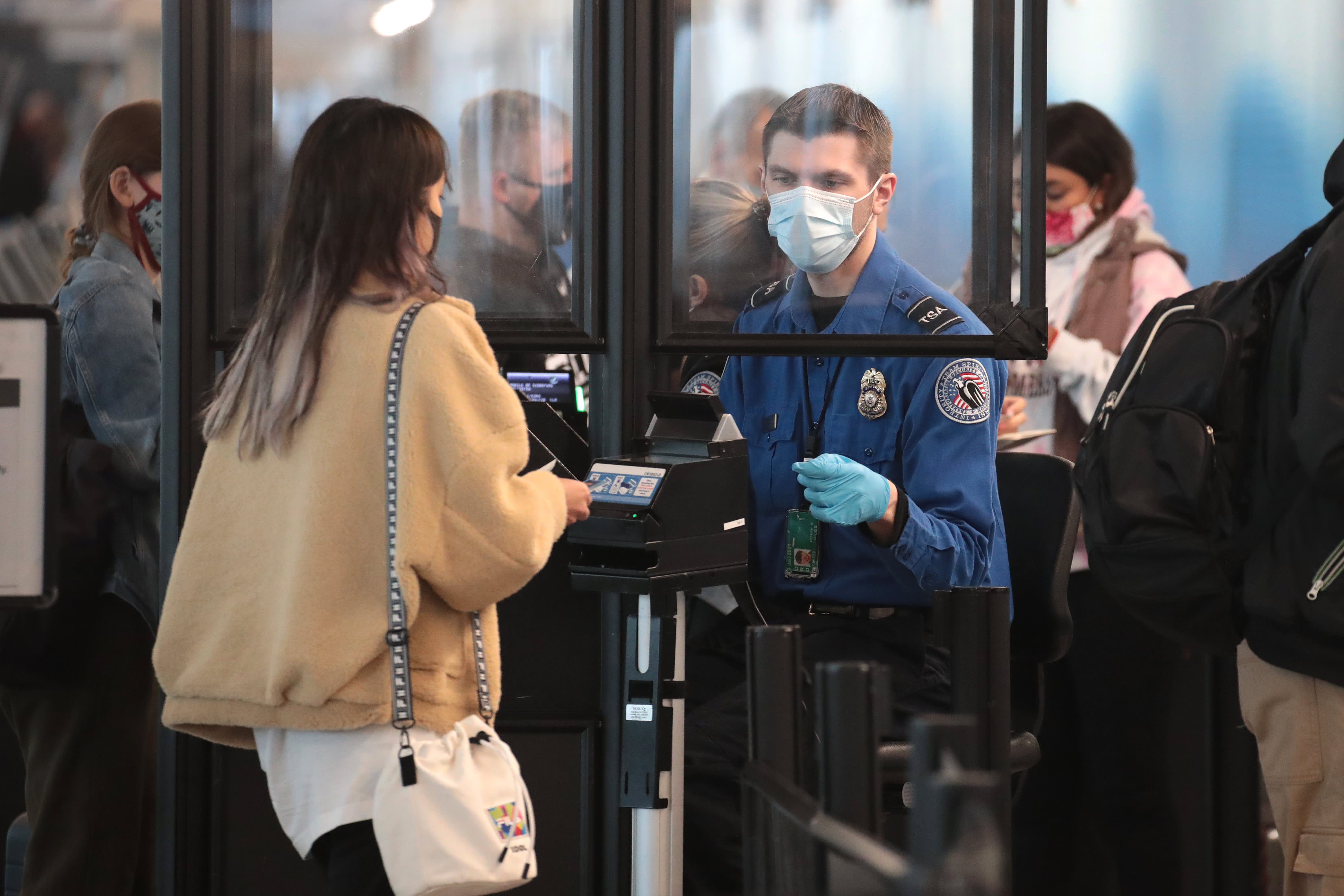The Centers for Disease Control and Prevention requires airlines to gather contact information for all passengers from Guinea and the Democratic Republic of Congo amid two separate Ebola outbreaks in African countries.
As of Thursday, airlines must collect and hand over contact information to the CDC for all travelers to the U.S. who have been in the DRC or Guinea for the past 21 days prior to their arrival in the U.S., the CDC said Tuesday. The CDC announced Friday that it will direct travelers from the two countries through six U.S. airports in New York, Chicago, Atlanta, the District of Columbia, Newark and Los Angeles.
The risk of Ebola spreading to the US is ‘extremely low’, the CDC said last week, but health officials are preparing their public response protocols to ensure the disease does not enter the country.
“Timely follow-up of public health requires that health officials have immediate access to accurate and complete contact information for travelers when they arrive in the United States,” said Dr. Rochelle Walensky, CDC director, said in a statement. “Any delay in contact with exposed individuals may increase the likelihood of spreading disease.”
Airlines must collect travelers’ names, U.S. addresses, primary contact numbers, secondary or emergency numbers, and email addresses, the CDC said in a statement. This is ‘the minimum amount of information needed to reliably locate travelers’, the CDC added.
The information provided by travelers will be “verified upon arrival by U.S. government officials to ensure it is accurate and complete,” the CDC said. The agency noted that a CDC rule authorized the CDC to impose such a requirement on airlines.
“Air travel has the potential to transport people, some of whom have been exposed to a communicable disease in less than 24 hours, to any part of the world,” the CDC said. “In certain situations, public health officials have to follow up travelers from a country where an outbreak occurs, such as the Ebola outbreaks in the DRC and Guinea.”
The World Health Organization is responding to two Ebola outbreaks, one in the West African nation of Guinea and one in the DRC in Central Africa. Dr Mike Ryan, executive director of the WHO’s health emergency program, said on Monday that 13 cases of Ebola had been confirmed in Guinea, with four more than likely.
Guinea’s affairs currently appear to be in remote N’Zerekore and Gueckedou regions in southern Guinea, Ryan said. He added that 99% of the approximately 500 identified people exposed to the virus are followed. More than 1,100 people have been vaccinated against Ebola since the rise last month, he added.
Separately, Ryan said eight cases, including four deaths, had been confirmed in the DRC. No new cases have been reported there since Feb. 22, Ryan said.
Unlike the highly contagious coronavirus, which can be spread by people who have no symptoms, Ebola is thought to be spread primarily by people who are already visibly ill. According to the US Centers for Disease Control and Prevention, the virus spreads through direct contact with the blood or body fluids of people who are sick or have died from the disease.
According to the WHO, Ebola has an average mortality rate of 50%, although it can vary according to outbreak.
The re-emergence of Ebola in Guinea and the DRC are particularly health specialists who are concerned because the countries are the two worst Ebola outbreaks in history. The outbreak in the DRC declared in June lasted almost two years. By the time it ended, there were 3,481 cases and 2,299 deaths, according to the WHO.
The infamous West African Ebola outbreak began in Guinea in 2014 before spreading across borders to Sierra Leone and Liberia, according to the WHO. By the end of 2016, there were more than 28,000 cases, including more than 11,000 deaths, the WHO says.
During the West African Ebola outbreak, the US CDC confirmed 11 cases of Ebola in the US, mostly among medical workers who traveled to Africa to help with the response.
